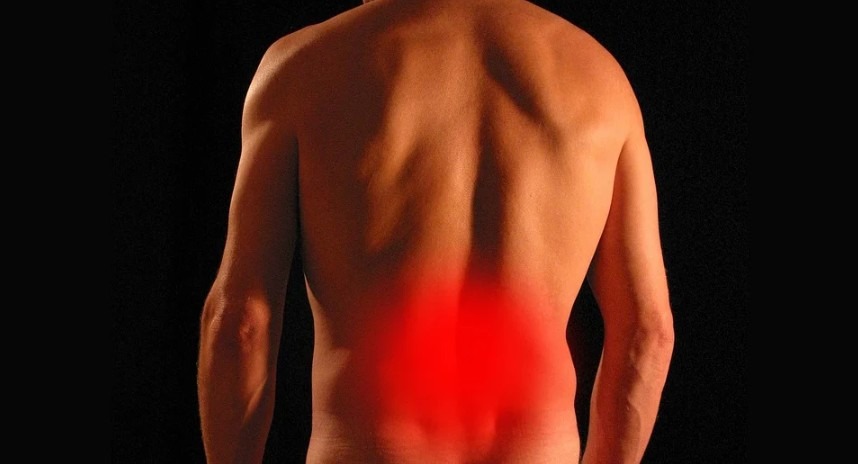Back pain is one of the most common chronic injuries seen around the world. Whether it’s an injury from working out, falling, a car crash, or just getting old, many of us will experience it at some point in our lives. There are many different methods in curing this pain, and which one works the best is dependent on the person and their situation. A very common recommendation seen from doctors is surgery- this is an extreme decision, and risky at that. Other treatments for this include heading over to your local chiropractor or acupuncturist and completing a few sessions, along with anything they might have you do at home. Below are a few different back injuries along with their prescribed treatments.
Sciatica
Sciatica is the pain that radiates down your sciatic nerve, which is a nerve that starts at your lower back, and rides through your buttocks and hips downwards on each leg. Sciatica usually comes from a herniated disk, spinal stenosis, or bone spurs compressing the nerve in a particular spot. This compression leads to inflammation, pain, tenderness, and even numbness in the leg.; sciatica is usually felt down only one leg.
Although most people think sciatica is severe pain, it is normally cured through a few sessions of acupuncture. Acupuncture is a great method of therapy for sciatica, with a few studies that validate this claim. In 2015, the Rizhao Hospital of TCM & the Shanghai University of TCM tested the effectiveness of acupuncture and herbal medicine as a cure for sciatica. The findings were that acupuncture had an 81.6% effectiveness rate, meaning 81.6% of people had pain relief and were able to return to normal day-to-day function. There was a 95% effectiveness rate when herbal medicine was also added. Then, electroacupuncture was combined with this approach which increased the effectiveness as well.
Symptoms
Pain radiating from your buttocks down your leg is the most prominent sign of sciatica; it’s also possible to feel pain on any part of the nerve, but most commonly felt down the leg to the thigh or calf.
The pain felt in the leg can vary from mild soreness to a sharp, excruciating pain that sometimes comes as the feeling of an electric shock. It can be jolted when you cough, sneeze or are sitting for a prolonged amount of time. Look out for feelings such as numbness, muscle weakness, or a tingling sensation in your leg or foot, too. It’s possible to feel multiple symptoms like numbness in your buttocks and pain down your leg.
Risk Factors
Risk factors for sciatica include:
- Older age: Age-related movements in the spine is a common occurrence, with herniated disks and bone spurs popping up over time.
- Obesity: An increase of stress on your spine from too much body weight can trigger sciatica in your body.
- Straining Job: A manual labor job that puts a strain on your back or has you sitting for long periods of time will create aches and pains, sometimes in the form of sciatica.
- Sitting for long periods of time: Sedentary lifestyles are detrimental to your health and the well-being of your body. Active people rarely have as many issues as those sedentary counterparts.
- Diabetes: Diabetes increase the risk of nerve damage which aligns with sciatica.
Prevention
If acupuncture is used at the start of your injury, it will prevent it from getting worse and will easily remove the pain at this point. Make sure to stay in tune with your body so you can identify when something is wrong; if your injury has come to the point where you can’t walk or sit without discomfort, multiple sessions of electroacupuncture is suggested. The addition of herbal medicine and acupuncture consistency will get your body back to normal and free from pain.

